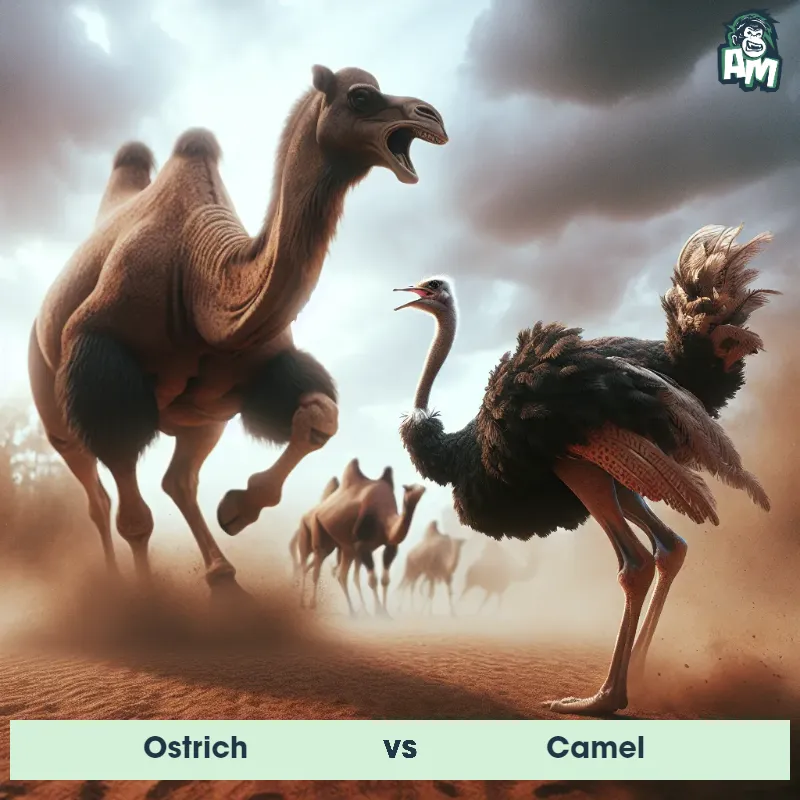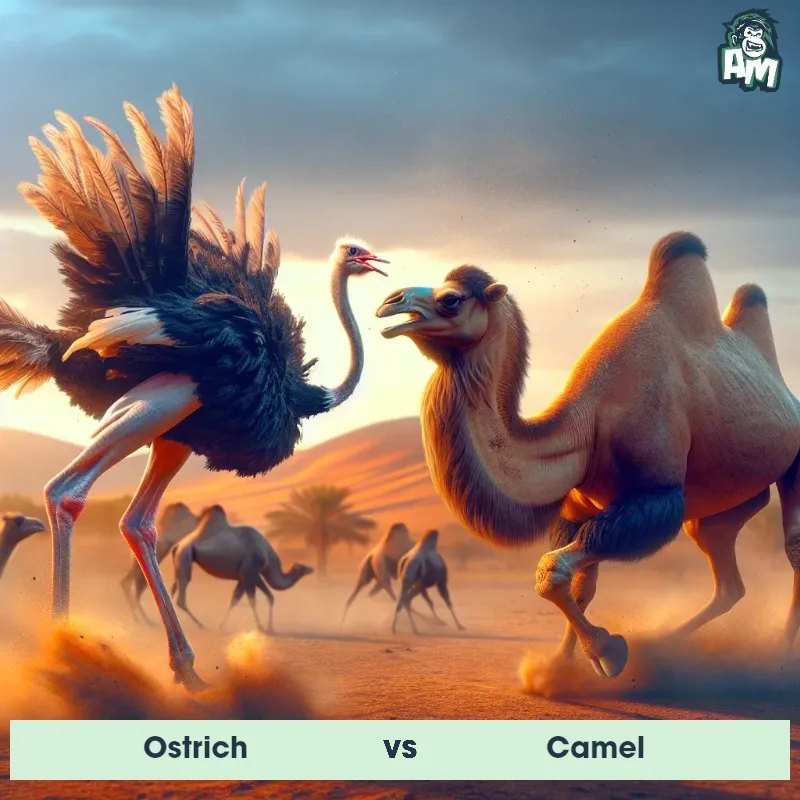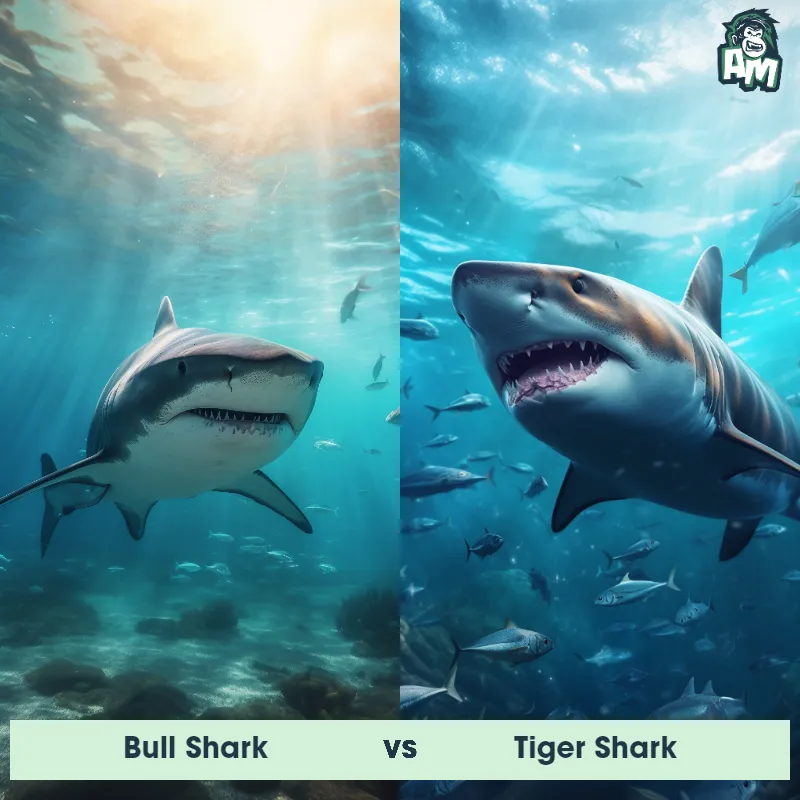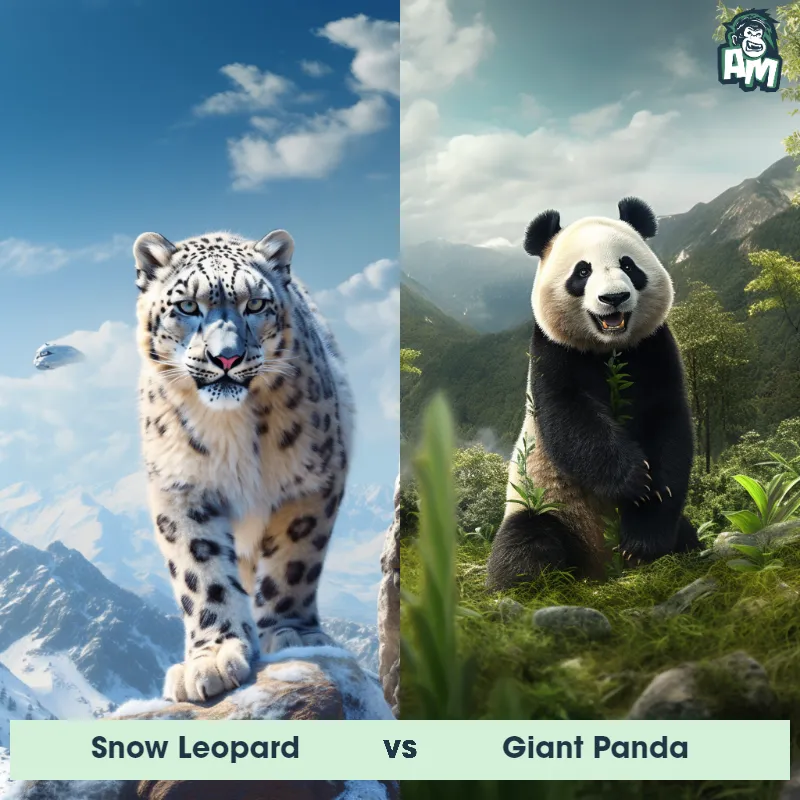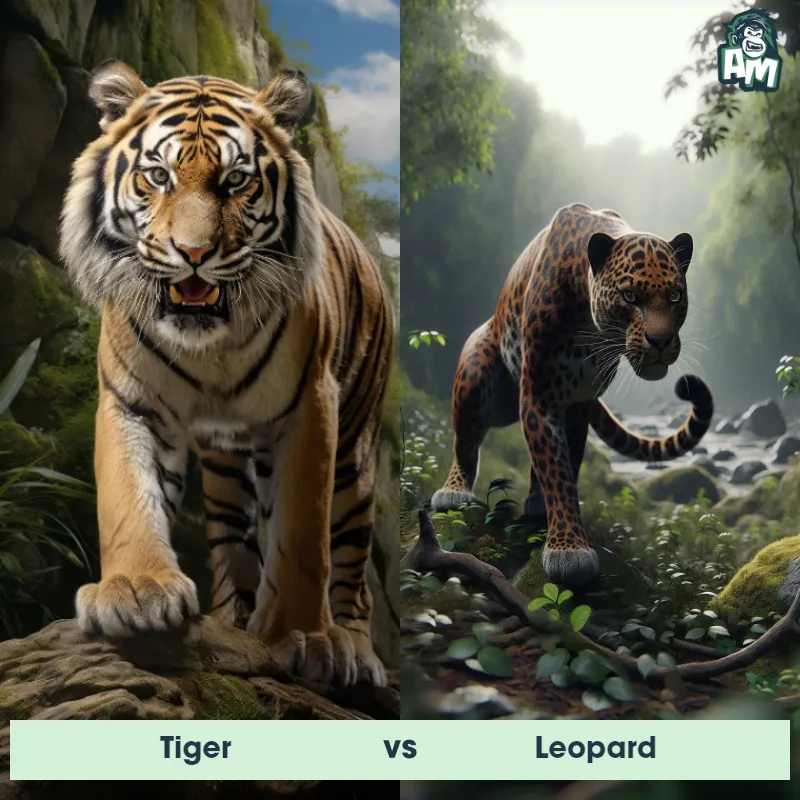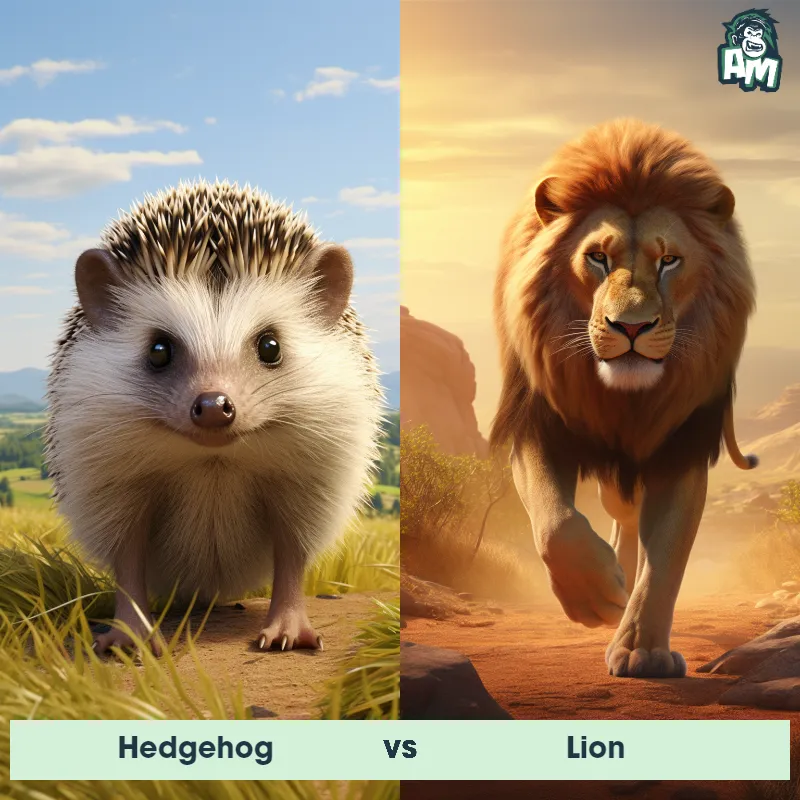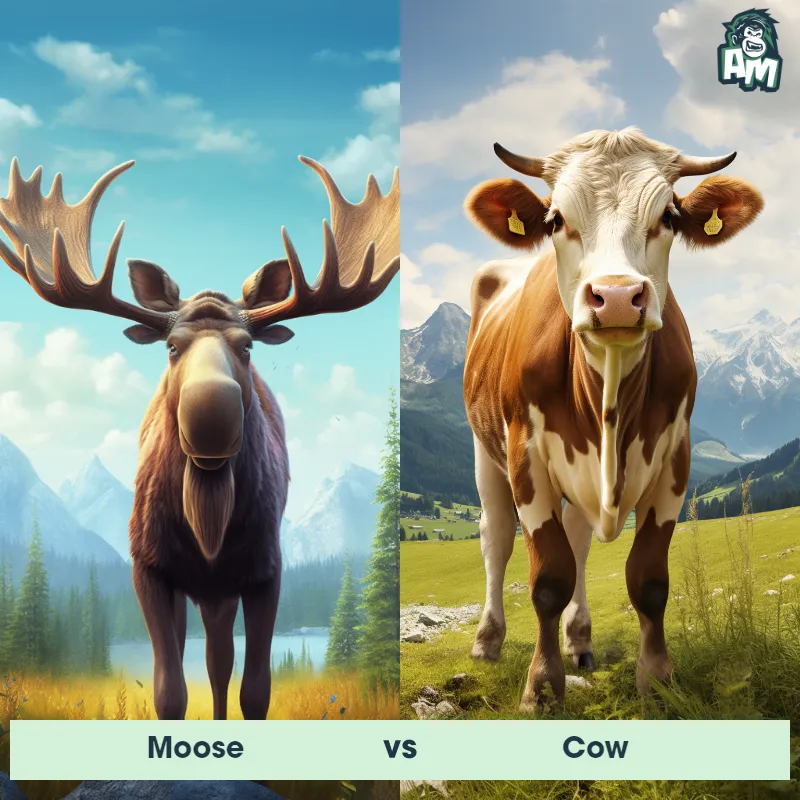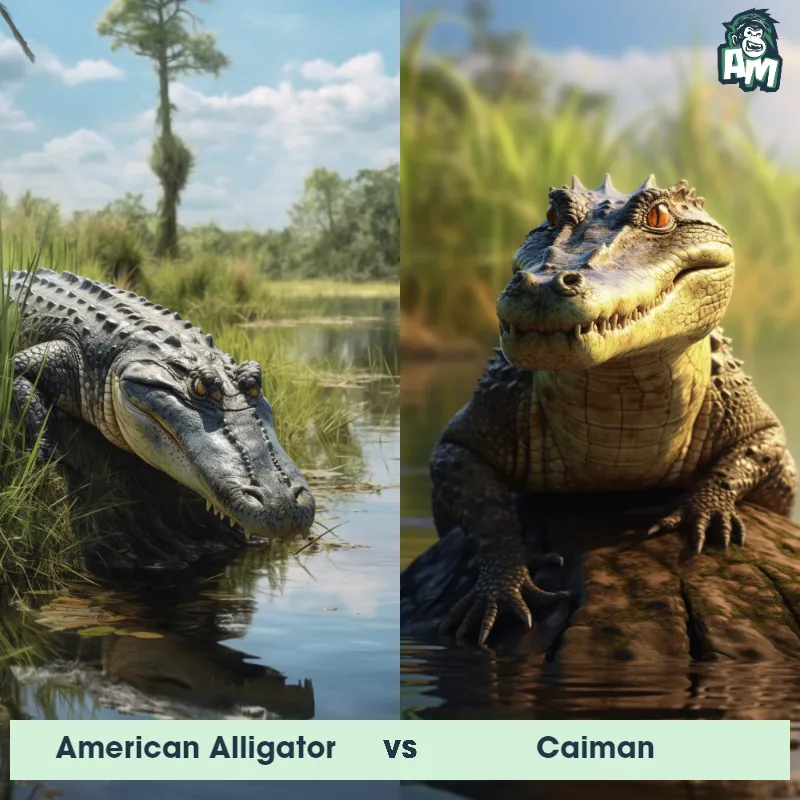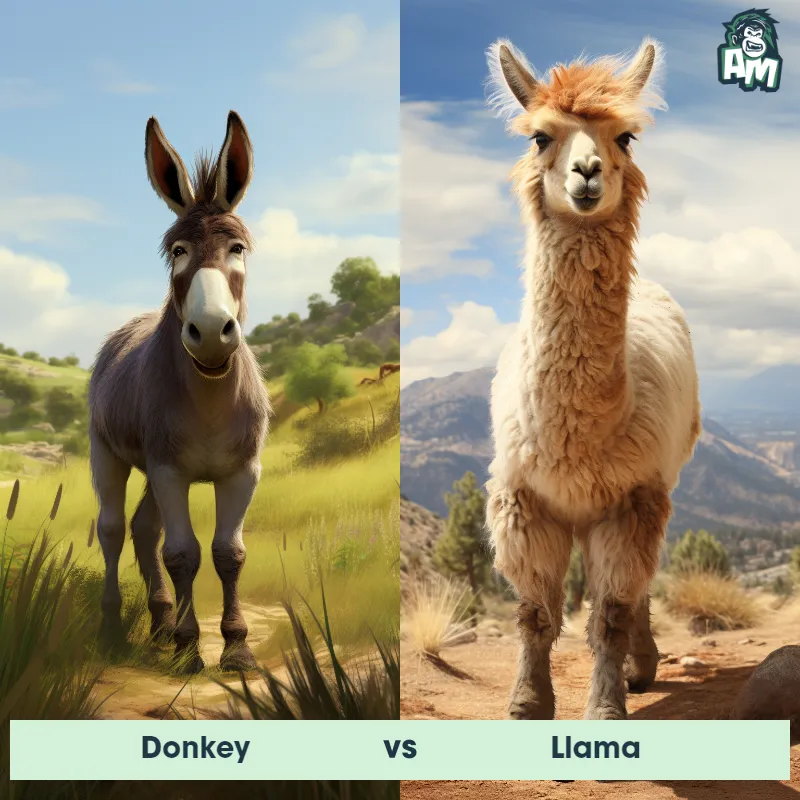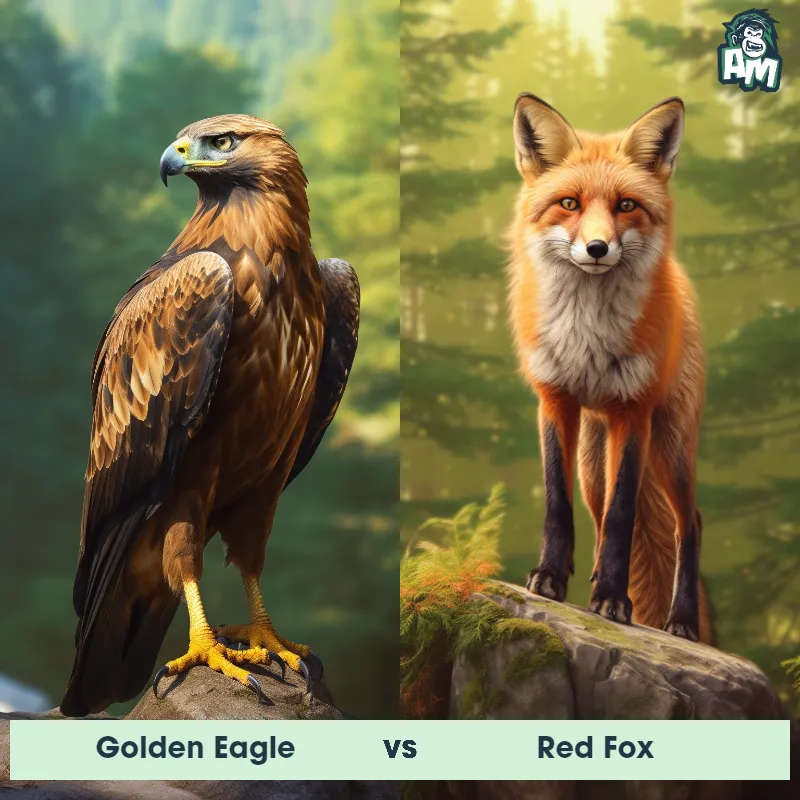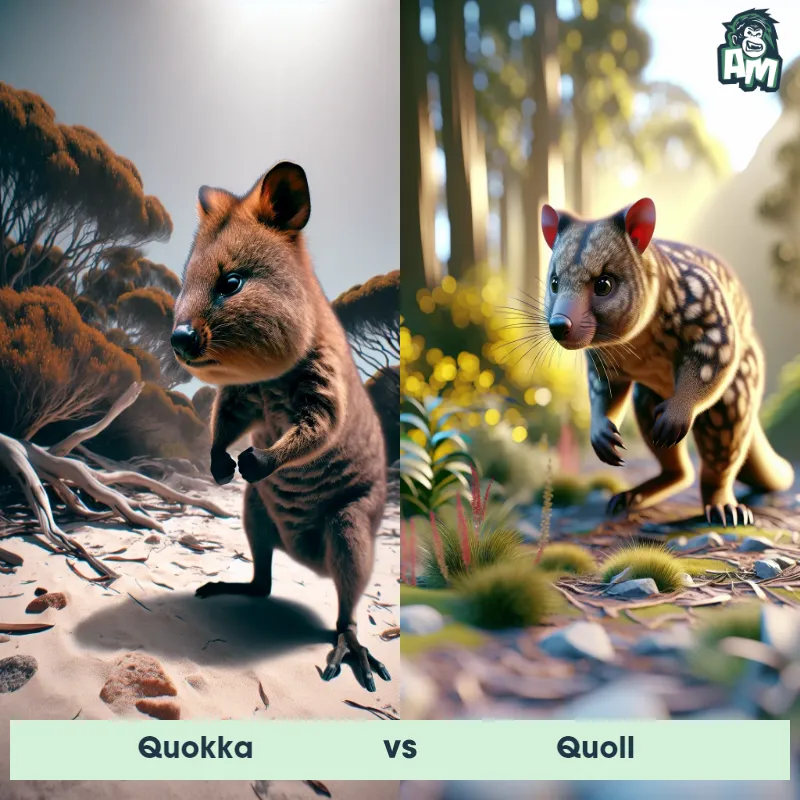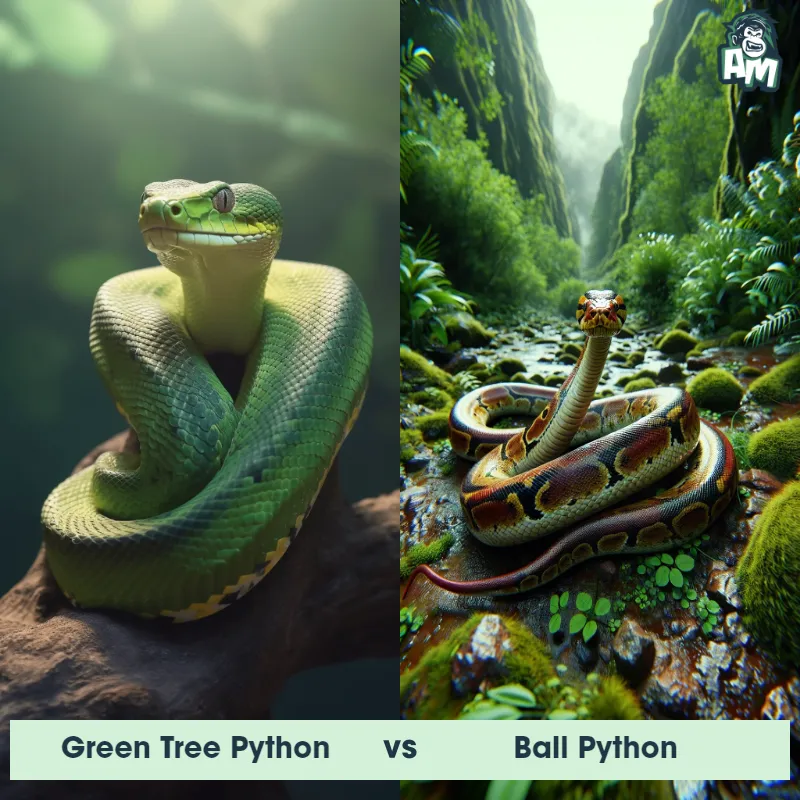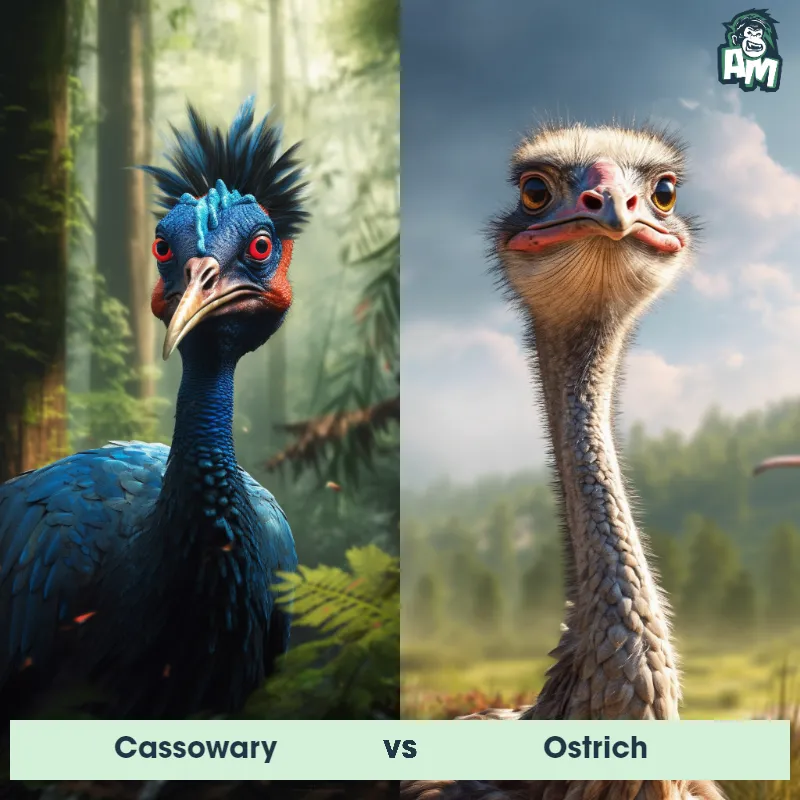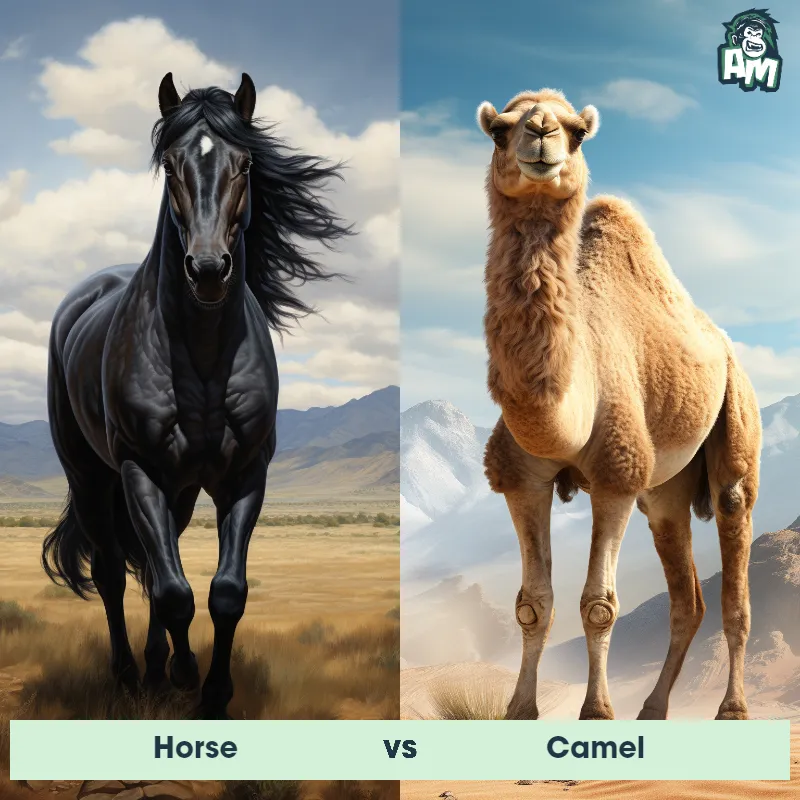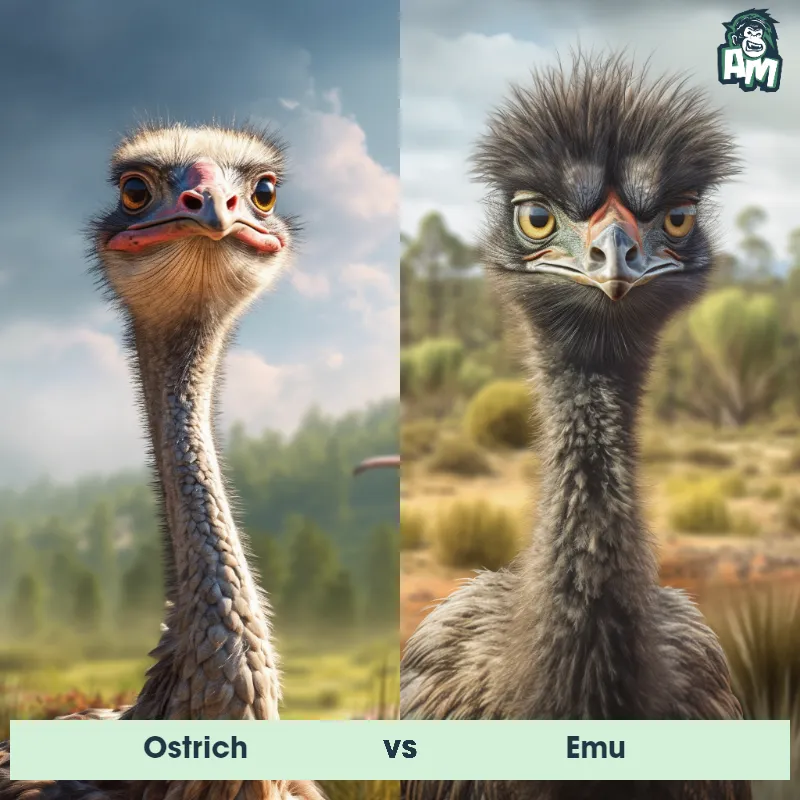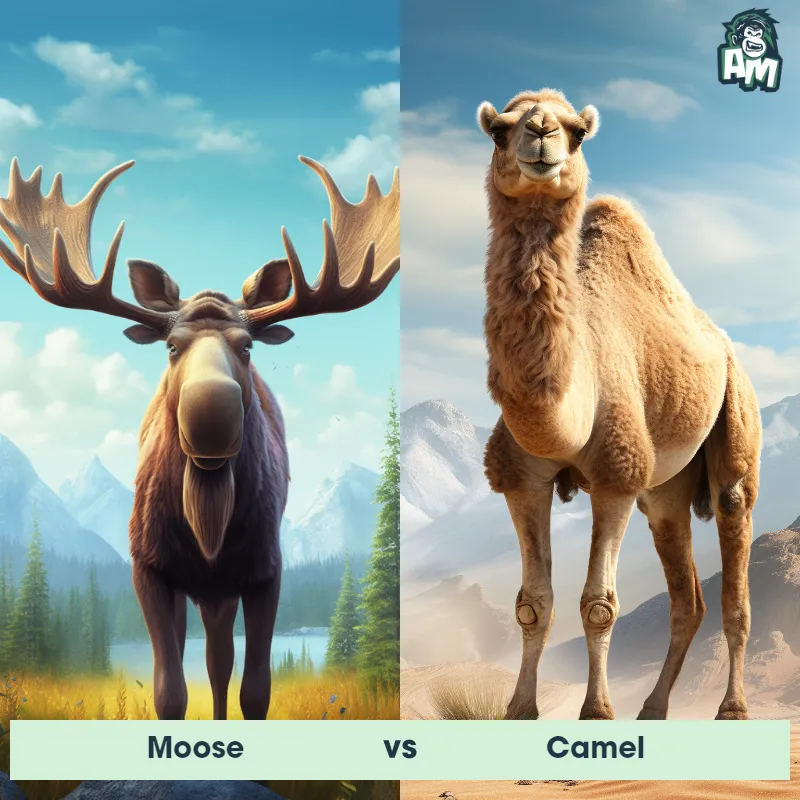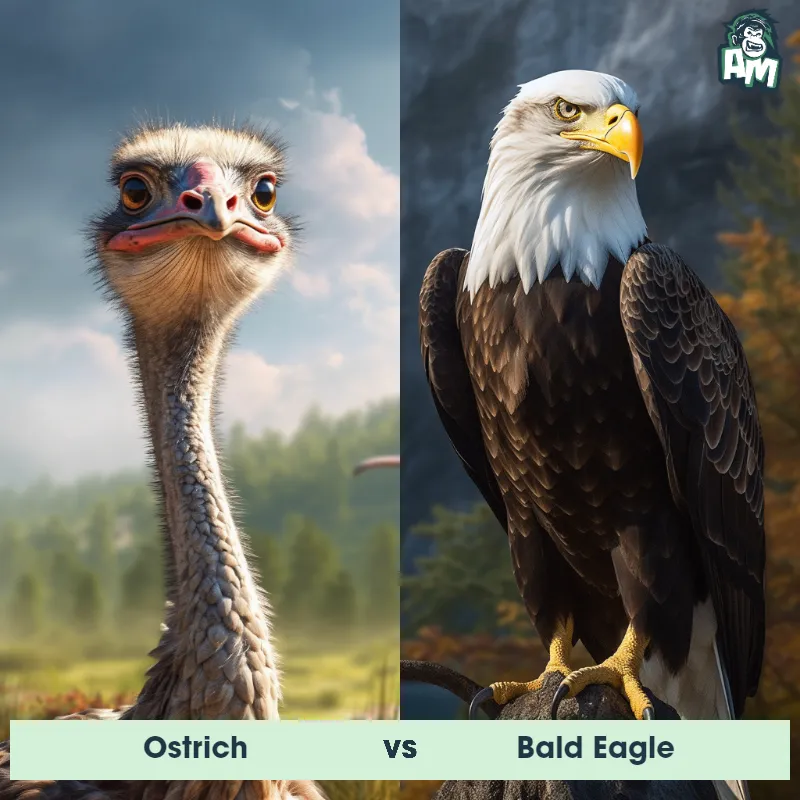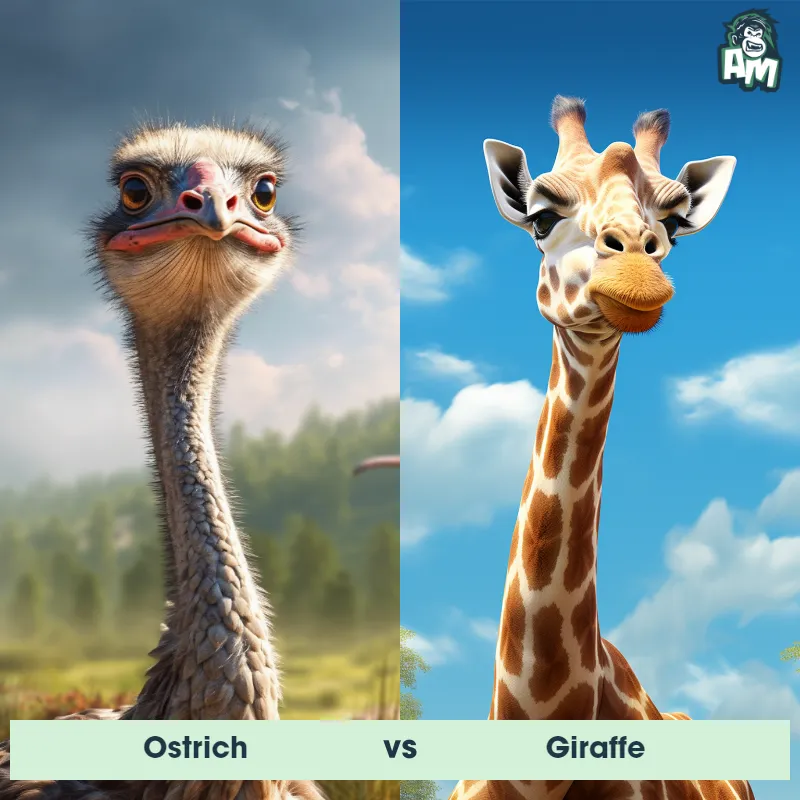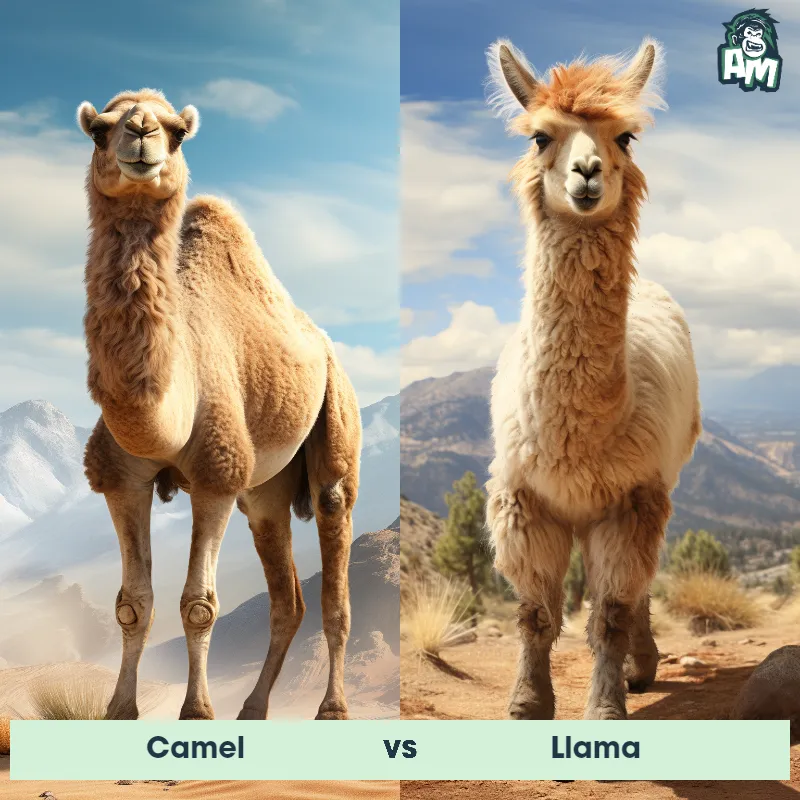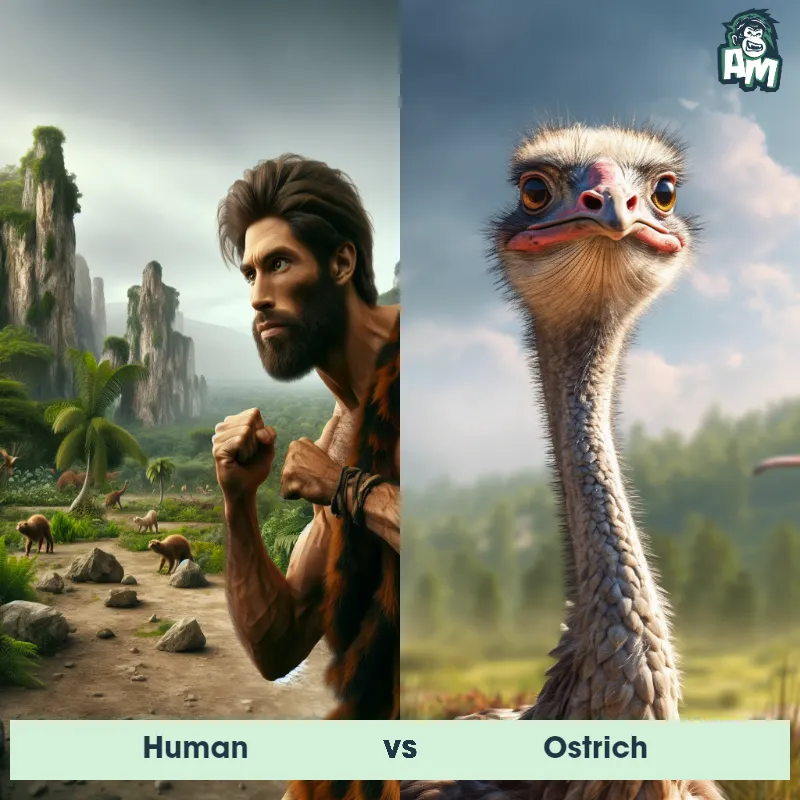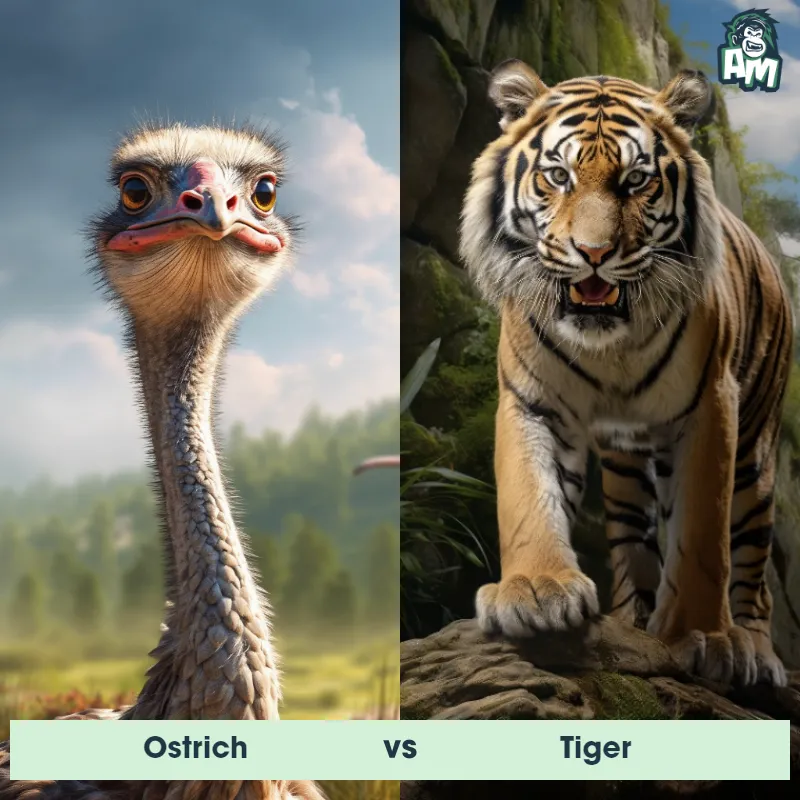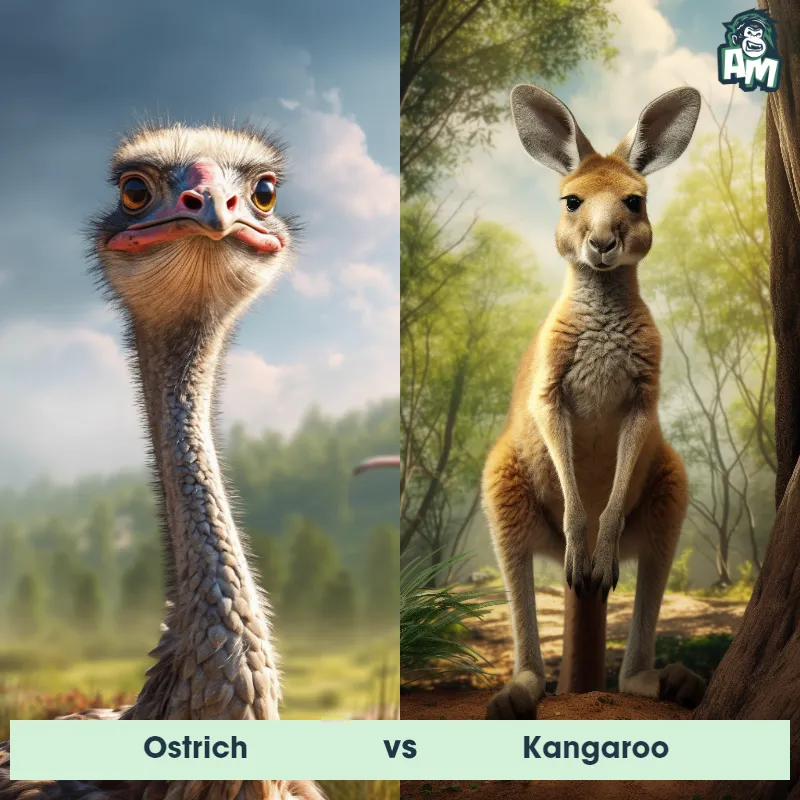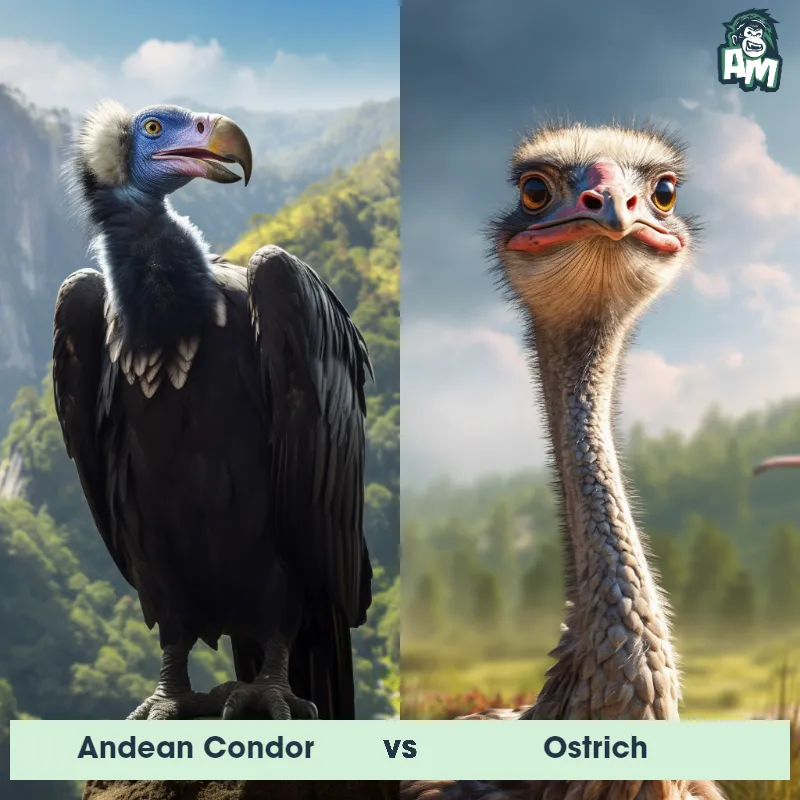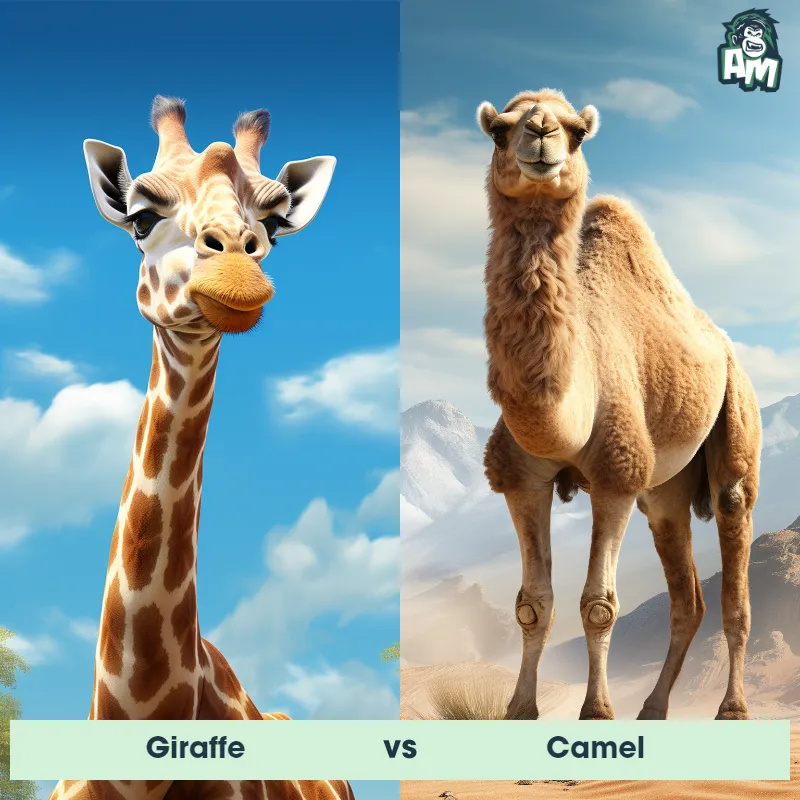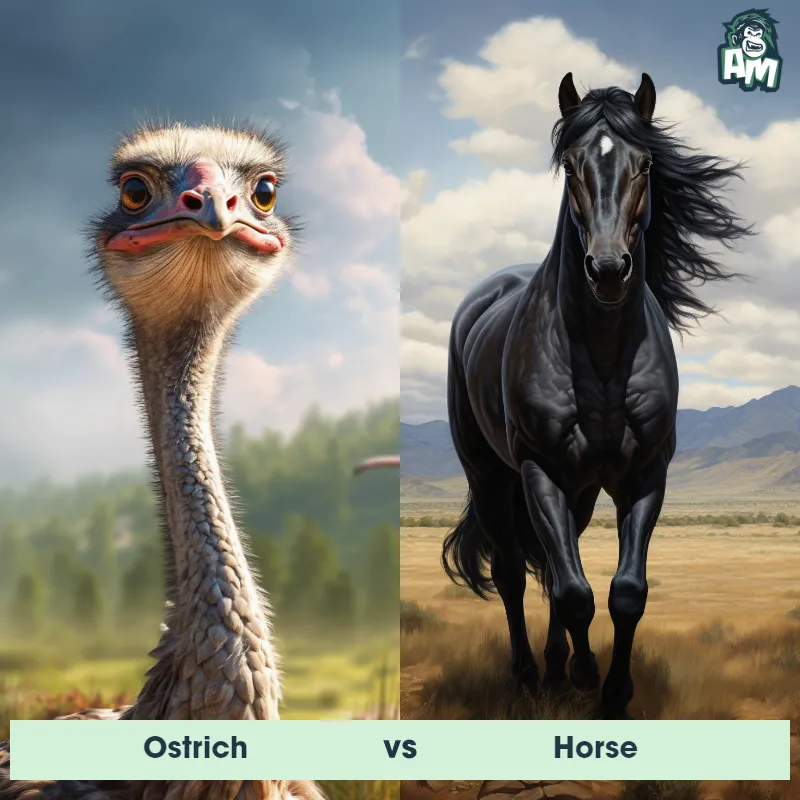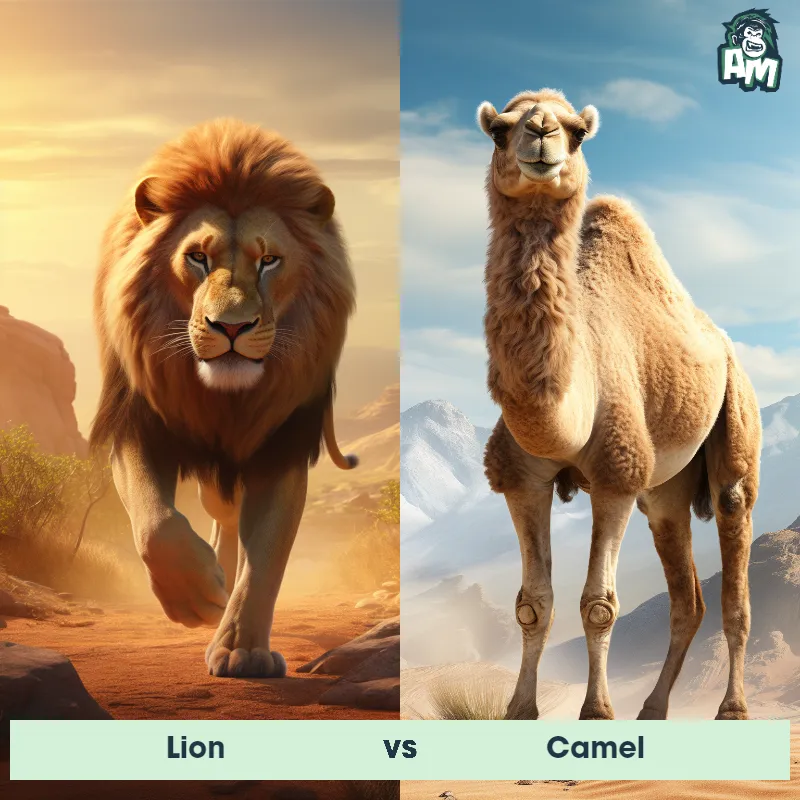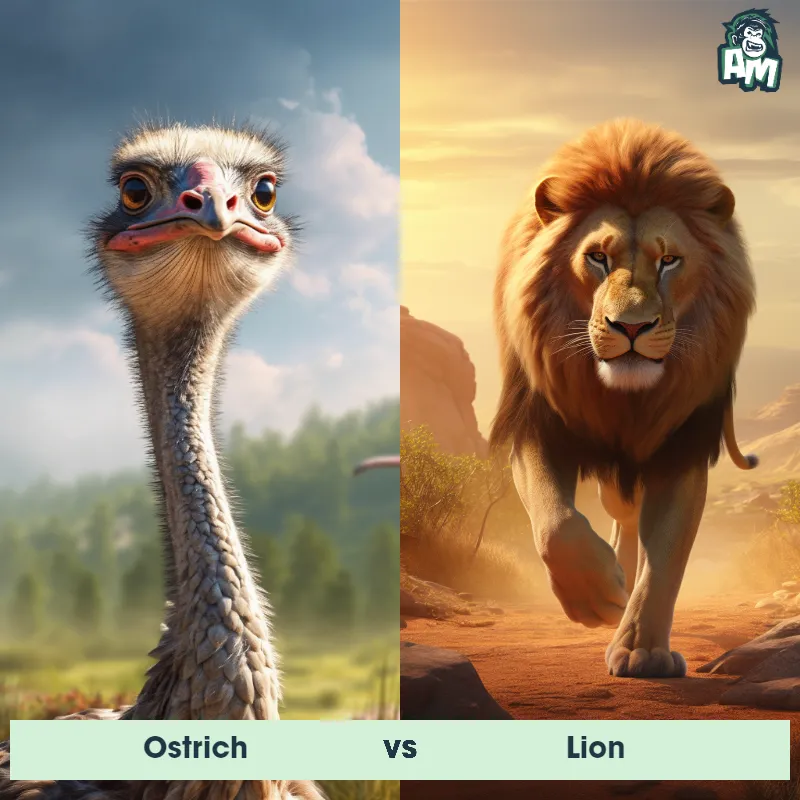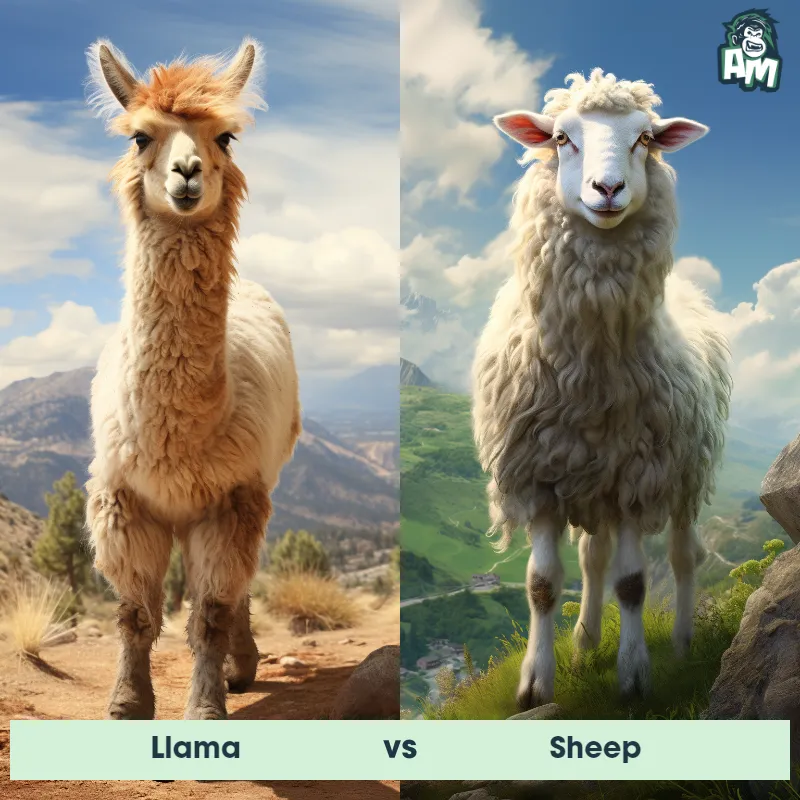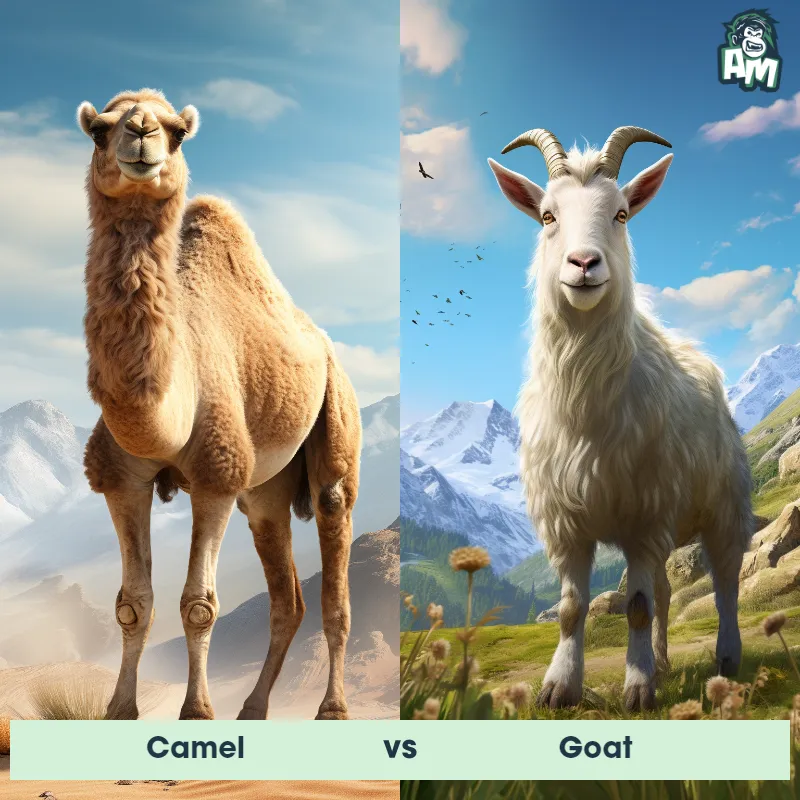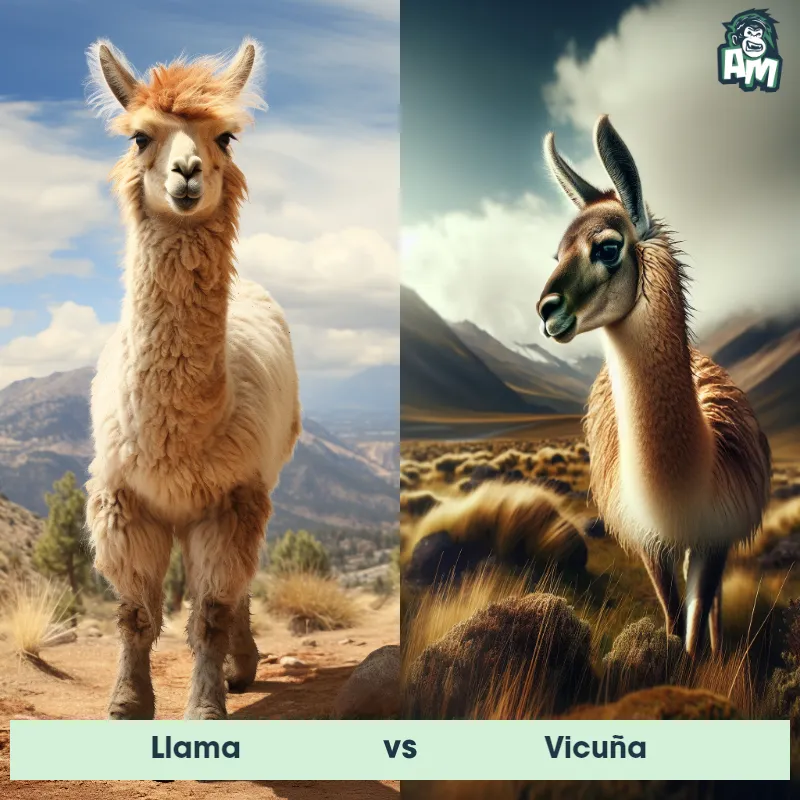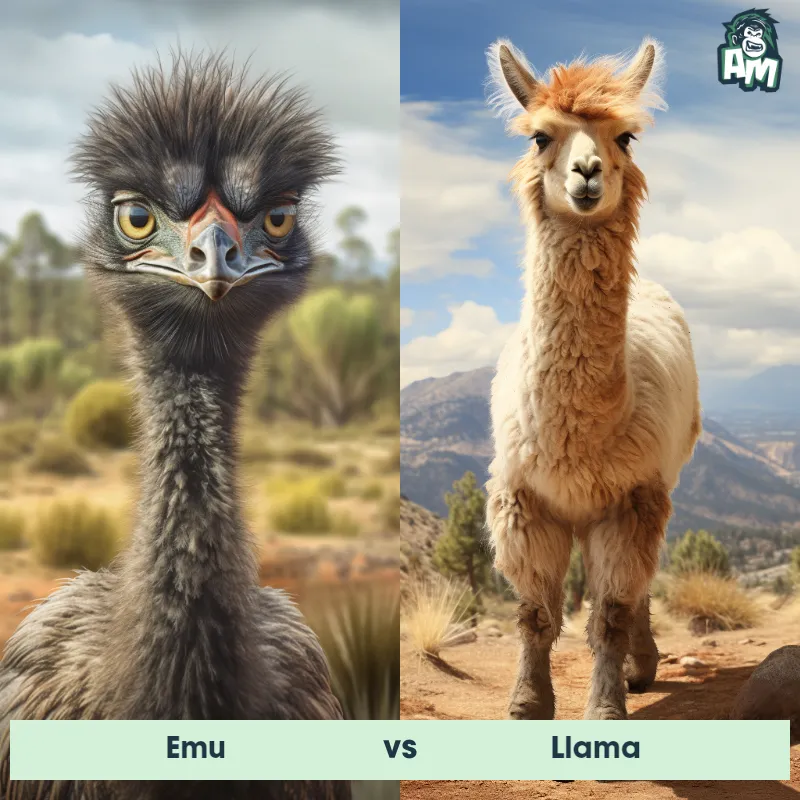Ostrich vs CamelSee Who Wins

Ladies and gentlemen, welcome to this thrilling matchup between two incredible competitors in the animal kingdom. We have a showdown between the mighty ostrich and the resilient camel. Both animals have come prepared to battle it out in three intense rounds. Let's see who emerges victorious in this clash of strength and agility!
Contender 1: Ostrich
The Ostrich is the largest bird in the world, standing up to 9 feet tall and weighing up to 320 pounds. They have long, powerful legs that allow them to run up to 45 miles per hour, making them the fastest bird on land. Ostriches have a distinctive appearance with their long necks, small heads, and large eyes. They are flightless birds with wings that are used for balance and courtship displays. Ostriches are found in Africa and are known for their distinctive mating dance.
Fun Fact: Ostriches have the largest eyes of any land animal, measuring up to 2 inches in diameter, which is larger than their brain.
Contender 2: Camel
Camels are large, hardy mammals known for their distinctive humped backs, which store fat reserves to sustain the animal in harsh desert environments where food and water are scarce. There are two primary species: the dromedary camel, which has a single hump, and the Bactrian camel, which has two. Camels are well adapted to survive in extreme temperatures, with long legs, leathery pads on their feet to prevent sinking in the sand, and thick eyelashes and ear hairs to keep out sand and dust.
Fun Fact: Contrary to popular belief, camels do not store water in their humps - they are actually filled with fatty tissue that the camel can metabolize for energy when food is scarce.
Matchup Stats
| Ostrich | Camel | |
|---|---|---|
| Size | Up to 9 feet tall (2.7 meters) | 6 feet at shoulder height (1.8 meters) |
| Weight | Up to 320 pounds (145 kilograms) | 1000-1500 pounds (450-680 kilograms) |
| Speed | Speed: 43 mph (69 km/hr) | 40mph (64km/h) |
| Key Strength | Powerful legs for kicking | Strong legs and heavy body weight |
| Biggest Weakness | Flightless | Limited agility due to size and body structure |
Current Votes
Ostrich vs Camel
See Who Wins
Match Highlights
View More Matches
Looking For More?
Similar Matches
Scientific Stats
| Ostrich | Camel | |
|---|---|---|
| Scientific Name | Struthio camelus | Camelus |
| Family | Struthionidae | Camelidae |
| Habitat | Grasslands and savannas | Deserts, arid regions |
| Geography | Africa | Middle East, North Africa, Central Asia |
| Diet | Omnivorous, primarily plants and insects | Herbivore, eats thorny plants, dry grasses, and saltbush |
| Lifespan | 40 years - 50 years | 40 years - 50 years |
Key Differences between Ostrich and Camel
- Legs: Ostriches possess long, powerful legs designed for running, with two toes on each foot. In contrast, Camels have long, thick legs with broad, cushioned feet, allowing them to walk long distances in desert conditions.
- Body shape: Ostriches have a more streamlined body shape with a long, slender neck and a small head, while Camels have a more compact and sturdy build, featuring a hump on their back.
- Head and neck: Ostriches have a relatively small head, adorned with a long, bare neck. In comparison, Camels have a larger head situated on a shorter, more robust neck.
- Color: Ostriches display predominantly black and white feathers, while Camels have a fur coat that can range from sandy beige to dark brown, helping them blend into their desert habitat.
- Beak: Ostriches possess a wide, flat beak suitable for grazing on vegetation, while Camels feature a narrower, curved beak that enables them to efficiently consume desert plants and foliage.
- Size: The Ostrich is significantly taller and heavier than the Camel, with adult Ostriches averaging around 7-9 feet tall and weighing up to 300 pounds, while adult Camels generally stand at about 6-7 feet tall and weigh between 900-1,600 pounds.



